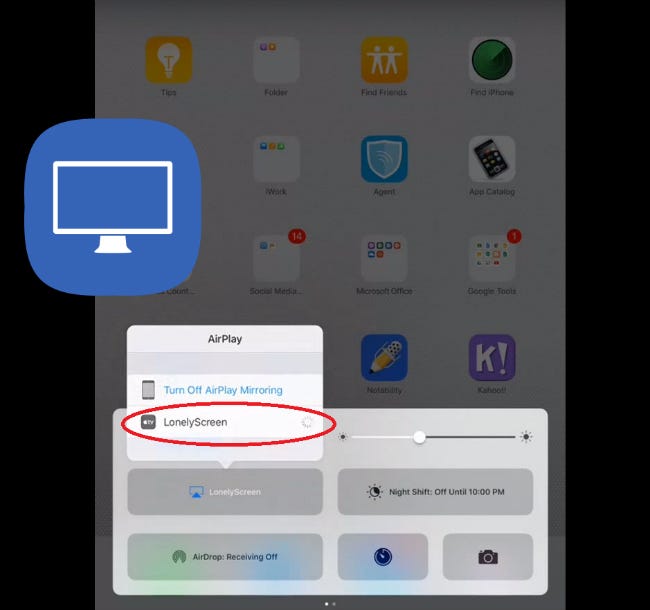


Bogart’s empathy with victims of the Hollywood witch hunt was always public if ultimately complicated and it never risked his place in the film hierarchy – 1948 was his highest earning year to date and he was in the Top Ten several times during that decade. Bogart had chosen the hefty tome as his first production and Ray as his director: Motley was blacklisted and finished his days living in exile in Mexico. Bogart had worked with Ray on Knock On Any Door (1948) an adaptation of black writer Willard Motley’s acclaimed novel. It is not just a film noir, or a crime thriller, it’s also a film about making films and it is a film about a city, Los Angeles, which is emphasised in the film’s very first shot. Hughes, with a screenplay by Andrew Solt, Humphrey Bogart acquired the property for his own production company, Santana. He brutalises his own complex heroic 1940s reputation in a film which asks questions about how we measure a man – by his behaviour, his profession and the work he produces, his past, his true character, whatever that might be and howsoever it might materialise, by the accusations levelled against him, or by his friends?Īdapted by Edmund H. It is a bleak exercise in noir starring one of Hollywood’s greatest stars at the height of his powers in a role which he chose and tailored for himself. It is a great romance which plays second fiddle to a murder investigation hanging over it like a burdensome dark shadow. It is a movie-movie, a self-referential examination of Hollywood life by one of its own – a screenwriter desperate for work is suspected of murder and is saved, temporarily, by the woman who gives him an alibi. The film In a Lonely Place (1950) occupies a special position in the history of psychological film noir. I Knew You Before I Ever Saw You: In a Lonely Place (1950), Part 1īy Elaine Lennon Volume 17, Issue 4 / April 2013 29 minutes (7031 words)


 0 kommentar(er)
0 kommentar(er)
